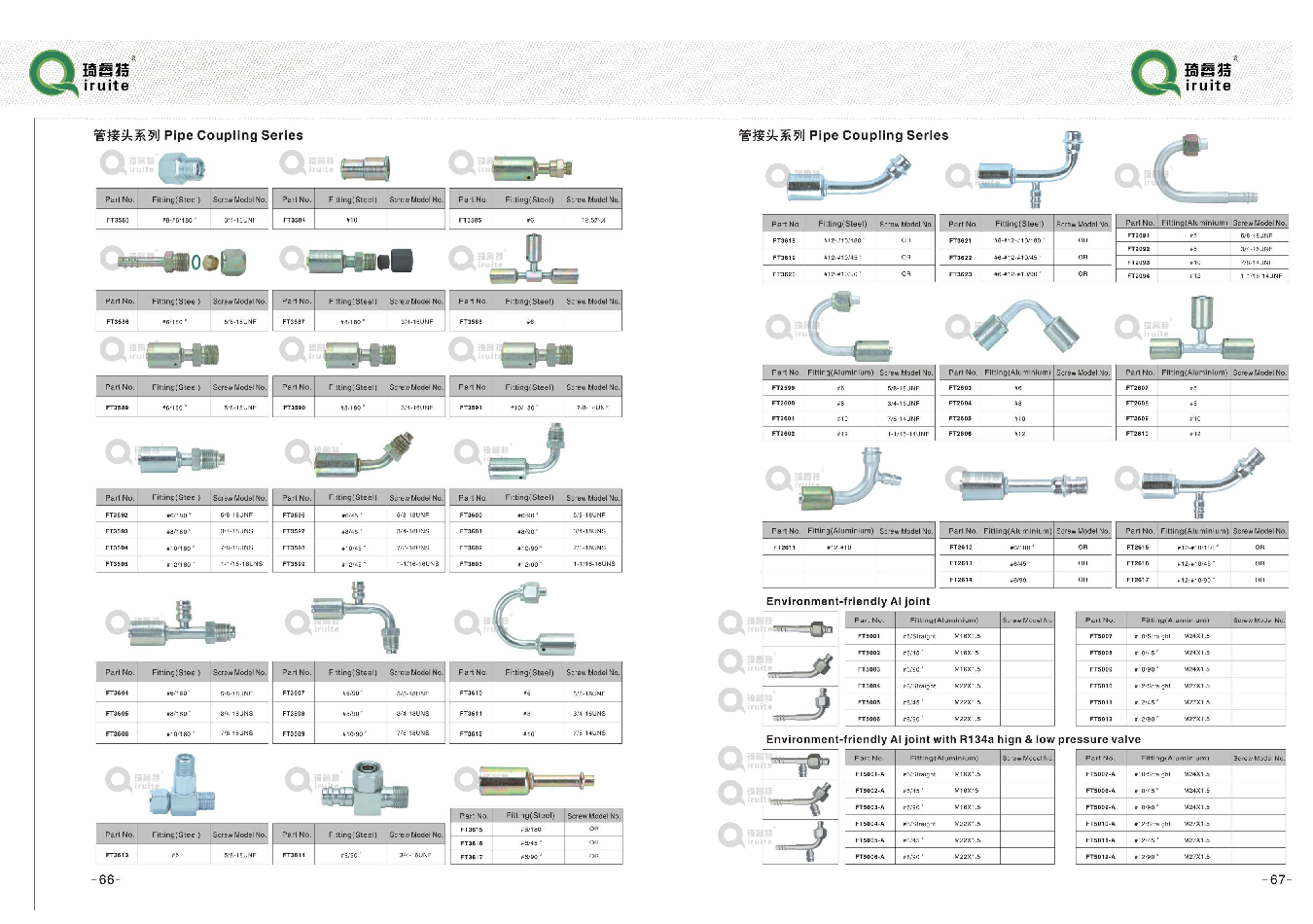How to Repair Your Power Steering Hose Efficiently and Effectively
Repairing Power Steering Hose A Comprehensive Guide
The power steering system in vehicles is essential for ensuring smooth and effortless steering. Central to this system is the power steering hose, responsible for transferring hydraulic fluid from the pump to the steering gear. Over time, these hoses can develop leaks or damage, leading to reduced steering performance and potentially costly repairs if not addressed promptly. This article explores the common signs of power steering hose failure, the reasons for hose deterioration, and step-by-step guidance on how to repair or replace a faulty hose effectively.
Signs of Power Steering Hose Failure
Identifying problems with your power steering hose early can save time and expense. Here are some common indicators that your hose may be failing
1. Fluid Leaks The most apparent sign of a defective power steering hose is the presence of fluid on the ground beneath your vehicle. The hydraulic fluid is typically a reddish or amber color, and if you notice puddles, it’s a clear indication of a leak.
2. Difficulty Steering If your vehicle becomes increasingly difficult to steer, especially at low speeds, it may be due to a lack of hydraulic fluid caused by a compromised hose.
3. Unusual Noises Listen for whining or groaning sounds when turning the steering wheel. These sounds can be a signal that the pump is struggling due to low fluid levels.
4. Warning Lights Some vehicles have a dashboard warning light that indicates a problem with the power steering system. If this light activates, further inspection may be necessary.
Common Causes of Hose Damage
Power steering hoses can deteriorate for several reasons. Understanding these factors can help prevent future issues
- Age and Wear Like all automotive components, power steering hoses have a lifespan. Over time, exposure to heat, moisture, and road debris can lead to wear and tear.
- Corrosion If your vehicle operates in areas where salt is used on the roads, corrosion can weaken the hose, making it susceptible to leaks
.- Improper Installation Hoses that are not installed correctly can rub against other components, leading to friction and eventual failure.
repair power steering hose

- Pressure Buildup Excessive pressure from the power steering pump can also cause hoses to rupture or become detached.
Steps to Repair or Replace Power Steering Hose
Repairing or replacing a faulty power steering hose is a task you can handle with some basic tools and a bit of knowledge. Here’s how to do it
1. Gather Tools and Materials You will need a new power steering hose, fluid, a wrench set, and some shop towels.
2. Safety First Always ensure your vehicle is on a level surface, and take precautions such as wearing gloves and safety goggles.
3. Locate the Hose Find the power steering hose under the hood. It typically runs from the power steering pump to the steering gear.
4. Remove the Old Hose Use a wrench to loosen the clamps securing the hose. Carefully slide them off and then detach the hose from both the pump and the steering gear.
5. Install the New Hose Attach the new hose, making sure it is positioned correctly and secured with clamps to avoid any rubbing against other components.
6. Add Fluid and Test Refill the power steering fluid reservoir and start the engine. Turn the steering wheel left and right to circulate the fluid and check for any leaks.
7. Check for Proper Functioning Finally, take the vehicle for a short drive to ensure the steering feels correct and smooth.
Conclusion
Repairing or replacing a power steering hose is a crucial maintenance task that should not be overlooked. Being aware of the signs of hose failure and understanding the causes can help you take proactive measures. With the right tools and a bit of time, you can restore the smooth handling of your vehicle, ensuring a safer driving experience. Remember, if you ever feel uncertain about performing repairs yourself, consulting a professional mechanic is always a wise choice.
-
Ultimate Spiral Protection for Hoses & CablesNewsJun.26,2025
-
The Ultimate Quick-Connect Solutions for Every NeedNewsJun.26,2025
-
SAE J1401 Brake Hose: Reliable Choice for Safe BrakingNewsJun.26,2025
-
Reliable J2064 A/C Hoses for Real-World Cooling NeedsNewsJun.26,2025
-
Heavy-Duty Sewer Jetting Hoses Built to LastNewsJun.26,2025
-
Fix Power Steering Tube Leaks Fast – Durable & Affordable SolutionNewsJun.26,2025

